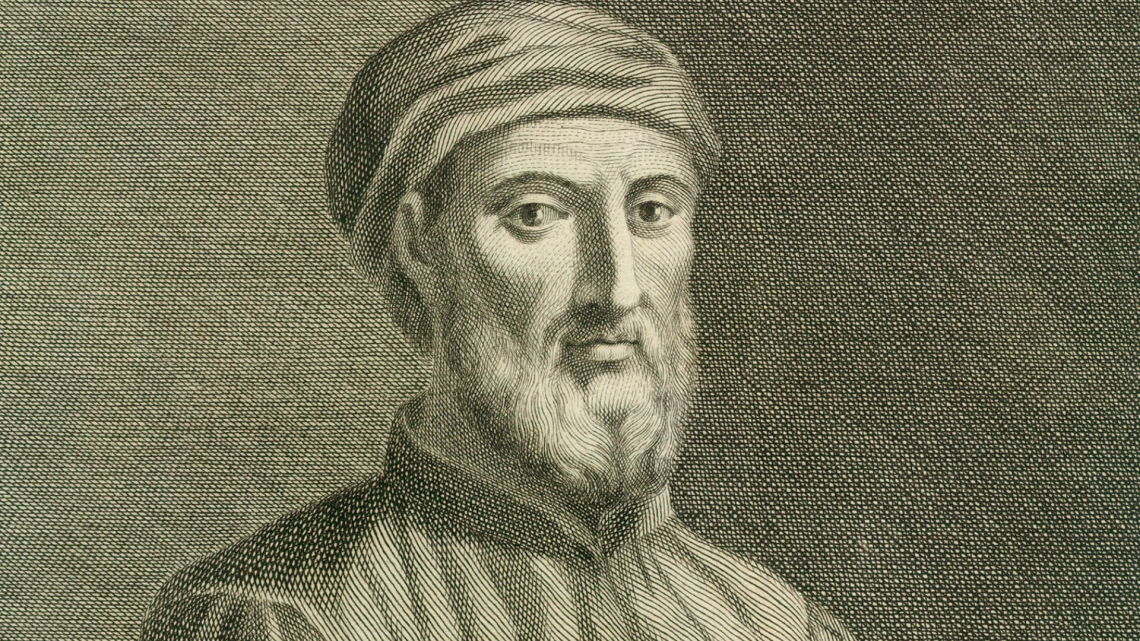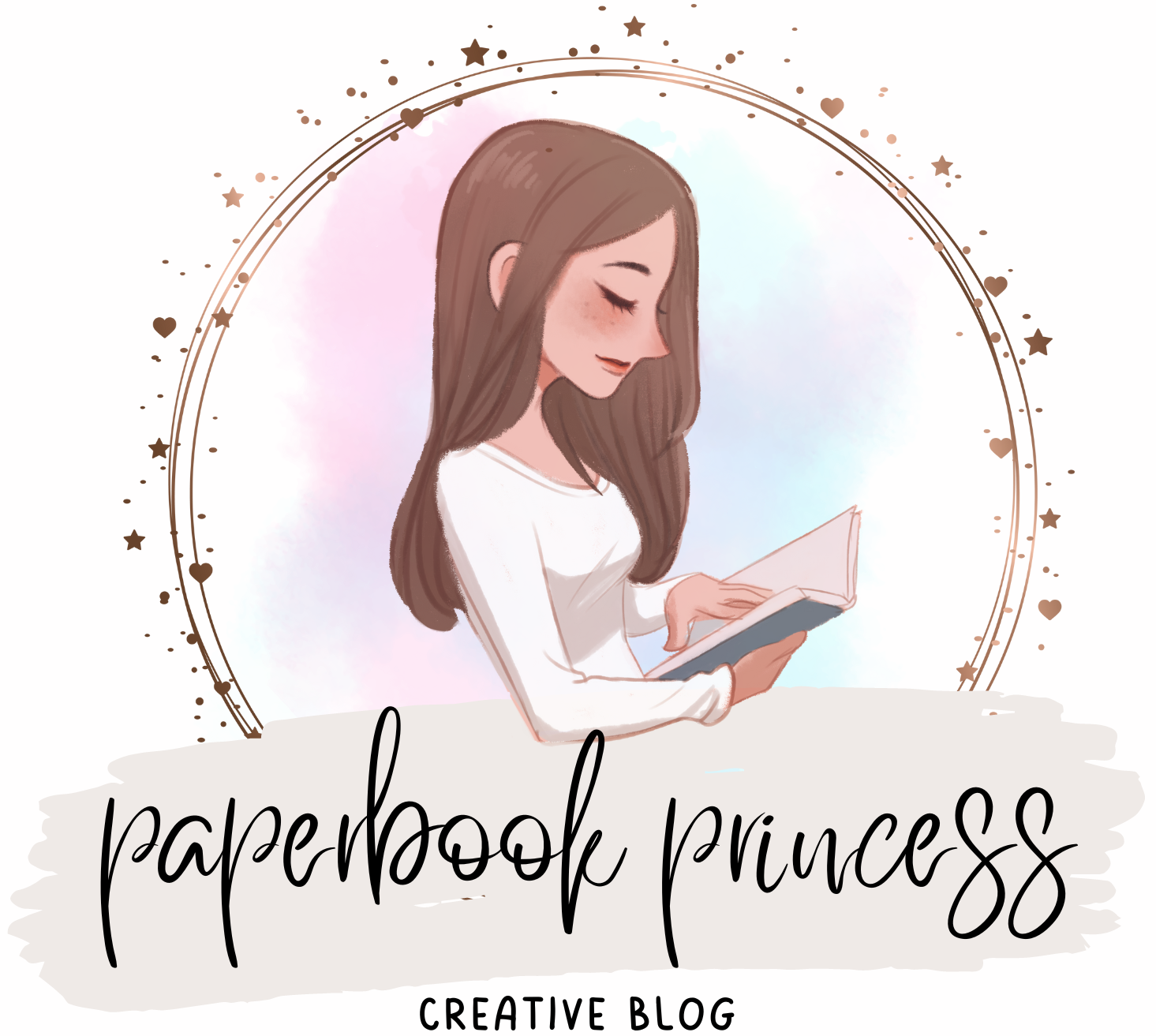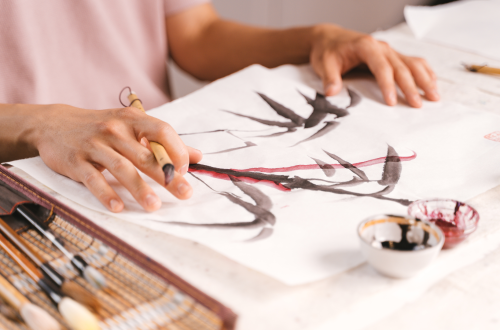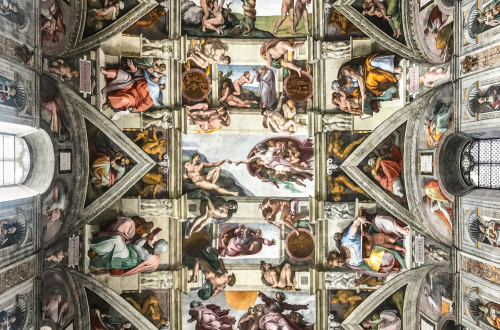
Art Of Donatello: A Master Renaissance Sculptor
From the life and works of this master sculptor from the Renaissance period, Donatello has left behind a legacy that still leaves art aficionados everywhere in awe. In this article, we will take an in-depth look into his life and work, as well as explore the artistic elements he employed in his sculptures. We will also examine how his works have influenced subsequent generations of sculptors. Join us for an exploration into the life and art of Donatello: the master Renaissance sculptor!
Introduction to Donatello
Donatello was an Italian Renaissance sculptor from Florence. He is commonly known as the father of modern sculpture. His work is characterized by its realism and its use of classical proportions. He was born in 1386 in Florence, Italy. His full name was Donato di Niccolo di Betto Bardi. He was the son of a wool carder named Niccolo di Betto Bardi. His mother’s name is unknown. Not much is known about his early life. He most likely received his first artistic training from his father or another family member.
In 1406, he became a member of the Guild of St Luke, an organization for Florentine artists. Around this time, he also began working with Ghiberti on the bronze doors of the Baptistery of San Giovanni in Florence. These doors would eventually become known as the “Gates of Paradise.” In 1420, he completed his first major work, a statue of St Mark for the Orsanmichele church in Florence. This statue brought him to the attention of Cosimo de Medici, who would become one of his major patrons. Cosimo commissioned him to create a bronze statue of David for the Palazzo Vecchio in Florence. This statue caused quite a stir when it was unveiled in 1432 because it depicted a nude male figure.
Donatello also created many other sculptures during his career, including statues of prophets and biblical figures
Overview of Donatello’s Life and Art
Donatello was an Italian Renaissance sculptor from Florence. He is well known for his life-like and highly realistic sculptures. Many of his works are considered masterpieces of the time period. He was born in 1386 to a family of stonecutters and stonemasons. He first began sculpting as a young boy, helping his father with various projects around the city. As he grew older, Donatello apprenticed under several noted Florentine artists, including Lorenzo Ghiberti and Andrea del Verrocchio. It was during this time that he honed his skills as a sculptor and developed his signature style.
In 1406, Donatello completed his first major work, “The Feast of Herod”. This sculpture depicted the biblical story of Herod’s banquet, at which John the Baptist was beheaded. The work was so lifelike and realistic that it caused quite a stir at the time. Over the next few years, Donatello created several other notable sculptures, including David and Judith, and Holofernes. In 1411, he was commissioned to create a bronze statue of Saint Mark for the Florence Cathedral. This work cemented Donatello’s reputation as one of the most talented sculptors of his generation.
In 1415, Donatello traveled to Rome to work on a series of commissions for the Vatican
Early Life of Donatello
Donatello was born in Florence, Italy in 1386. His father was a wool merchant, and his mother was a member of the wealthy Ghirlandaio family. Donatello was educated at the Cathedral school of Florence and showed an early interest in art. He began his apprenticeship with sculptor Lorenzo Ghiberti when he was just seventeen years old. During his apprenticeship, Donatello worked on Ghiberti’s famous bronze doors for the Baptistery of Florence Cathedral. He also had the opportunity to study ancient Roman and Greek sculptures, which greatly influenced his work.
After Ghiberti’s death in 1422, Donatello completed several important commissions for the church, including a bronze statue of David and two large relief panels for the Florentine cathedral. In 1429, he traveled to Rome to work on a commission for the Pope. While there, he studied classical Roman and Greek sculptures extensively, which further influenced his unique style of sculpture. After returning to Florence, he produced some of his most famous works, such as the bronze statue of David and the marble statues of Saint Mark and Saint George.
Donatello died in 1466 at the age of eighty. His life’s work had a profound impact on the development of Renaissance art, and he is considered one of the greatest sculptors of all time.
Major Works by Donatello
Some of Donatello’s most famous works include his life-size statue of David, which was commissioned by the Medici family in 1408, and his bronze statue of Saint Mark, which stands outside the Florence Cathedral. Other notable sculptures by Donatello include the cantoria (singing balcony) for the Florence Cathedral, the marble statue of Saint George for the Orsanmichele church in Florence, and the bronze reliefs on the doors of the Baptistery in Florence.
Influence on Renaissance Art
Donatello was one of the most influential sculptors of the Renaissance. His work had a profound impact on the course of Italian Renaissance art. His earliest known work is a life-size marble statue of David, completed in 1408. This work established his reputation as an innovative and masterful sculptor. Over the next few decades, Donatello produced a number of other iconic works, including the bronze statue of St. Mark (1411-13), the marble busts of Niccolò da Uzzano (1423) and Cosimo de’ Medici (1429), and the magnificent bronze equestrian statue of Gattamelata (1453).
Donatello’s style was characterized by its naturalism and realism. He was also one of the first sculptors to experiment with perspective and foreshortening in his statues. His use of light and shadow to create a sense of depth and movement was truly revolutionary for its time. His influence can be seen in the works of later Renaissance artists such as Michelangelo, Raphael, and Leonardo da Vinci. All three artists were greatly inspired by Donatello’s innovative approach to sculpture.
Comparison with Renaissance Artists such as Brunelleschi, Ghiberti, and Masaccio
Donatello was a master of Renaissance sculpture who had a profound influence on the artists who came after him, including Brunelleschi, Ghiberti, and Masaccio. His realistic and emotionally expressive sculptures were in stark contrast to the idealized portrayals of the human form that were popular at the time. His approach to art was deeply informed by his study of classical antiquity and his close observation of the natural world. He pioneered new techniques in bronze casting and perspective drawing, which allowed him to create incredibly lifelike statues and reliefs. His work challenged the traditional notions of beauty and perfection and paved the way for a more naturalistic approach to art-making.
Brunelleschi, Ghiberti, and Masaccio were all greatly influenced by Donatello’s innovative style. Brunelleschi drew inspiration from Donatello’s use of perspective in his sculptures and went on to develop one of the first systematized methods for creating linear perspective in paintings. Ghiberti was similarly influenced by Donatello’s use of light and shadow to create a sense of depth in his relief sculptures. And Masaccio looked to Donatello for guidance in his quest to achieve a more naturalistic style of painting. All three artists went on to make significant contributions to the Renaissance art movement, but it is clear that they would not have been able to do so without the groundbreaking work of Donatello.
Legacy of Donatello’s Work
Donatello’s work has had a lasting impact on the world of art. His unique style and approach to sculpture set him apart from his contemporaries and helped to define the Renaissance period. Donatello’s work can be seen in some of the most famous museums and galleries around the world, and his legacy continues to inspire artists today.
Donatello was a master sculptor of his time and continues to be well-known today. His sculptures were highly influential during the Renaissance period, as they showed how art could be used to portray emotion in addition to its more traditional uses in religious works. Through his work, Donatello helped shape the way we view sculpture today and provided us with an invaluable window into what life was like for artists during the Renaissance.





